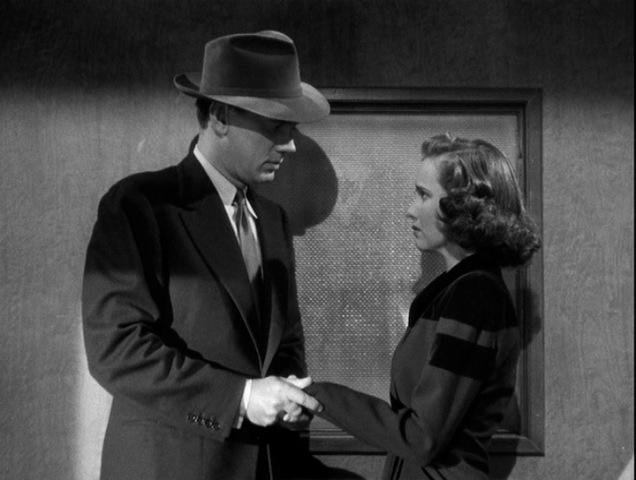

It truly is an exhibition in the moving image because the film works so brilliantly with them. We are accomplices, if you will, in this viewing party of Jimmy Stewart’s.

Obviously, beyond the elements of soundtrack, Rear Window develops into an immersive world and Alfred Hitchcock expertly inserts us directly into the environment to the extent that we have no choice but to become involved in the whole ordeal. Jefferies ( James Stewart) has come into its own. It slowly evolves from its nascent stages into a full-fledged tune that gains its wings once the romance between Lisa and our protagonist L.B. Whether or not it’s a slight nod to our heroine Lisa ( Grace Kelly) is up for debate but it’s also notable that she, in essence, receives her own theme song which is concurrently composed by the songwriter who lives in the courtyard that we come to know over the course of the film. Two of the most obvious additions are “That’s Amore” and then “Mona Lisa” which can be heard being sung by a group of party guests. We’re also inundated with all types of songs popular and otherwise which can be picked out of the story organically if you’re paying particular attention. For instance, against the credits, as the blinds come up, we’re met with the playfully cool jazzy beats of “Prelude and Radio” which proves to be in perfect juxtaposition with the deathly hot heatwave hitting Greenwich Village in the film’s opening moments.

In fact, it is quite easy to consider it as a film with a wholly diegetic soundtrack but, in reality, it’s really an intricate weaving of sound orchestration playing against the images onscreen. There are such a vast number of planes to appreciate Rear Window on and one of those is its impeccable use of sound as well as a score courtesy of Franz Waxman.


 0 kommentar(er)
0 kommentar(er)
